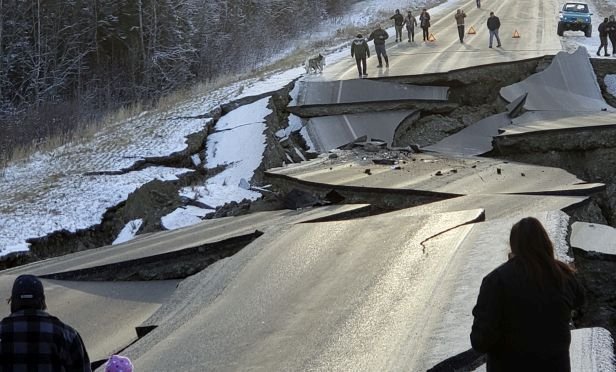 In this Nov. 30, 2018, file photo, provided by Jonathan M. Lettow, people walk along Vine Road after an earthquake in Wasilla, Alaska. Alaska State Troopers are asking that people do not take selfies in front of the buckled roadway north of Anchorage, Alaska. (Jonathan M. Lettow via AP, File)
In this Nov. 30, 2018, file photo, provided by Jonathan M. Lettow, people walk along Vine Road after an earthquake in Wasilla, Alaska. Alaska State Troopers are asking that people do not take selfies in front of the buckled roadway north of Anchorage, Alaska. (Jonathan M. Lettow via AP, File)
This year has been yet another interesting and educational year in the property & casualty insurance industry. Record breaking wildfires in California, hurricane activity in both the Pacific and Atlantic oceans, and a powerful earthquake in Anchorage, Alaska, each brought valuable lessons along with devastation.
Recommended For You
Want to continue reading?
Become a Free PropertyCasualty360 Digital Reader
Your access to unlimited PropertyCasualty360 content isn’t changing.
Once you are an ALM digital member, you’ll receive:
- Breaking insurance news and analysis, on-site and via our newsletters and custom alerts
- Weekly Insurance Speak podcast featuring exclusive interviews with industry leaders
- Educational webcasts, white papers, and ebooks from industry thought leaders
- Critical converage of the employee benefits and financial advisory markets on our other ALM sites, BenefitsPRO and ThinkAdvisor
Already have an account? Sign In Now
© Touchpoint Markets, All Rights Reserved. Request academic re-use from www.copyright.com. All other uses, submit a request to [email protected]. For more inforrmation visit Asset & Logo Licensing.







